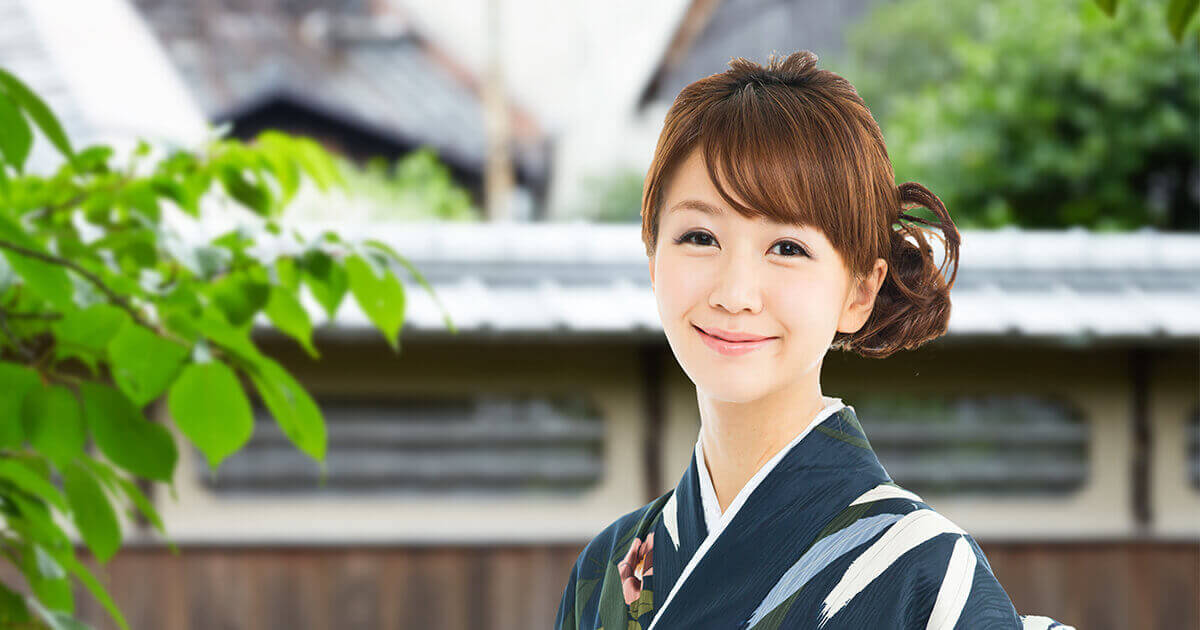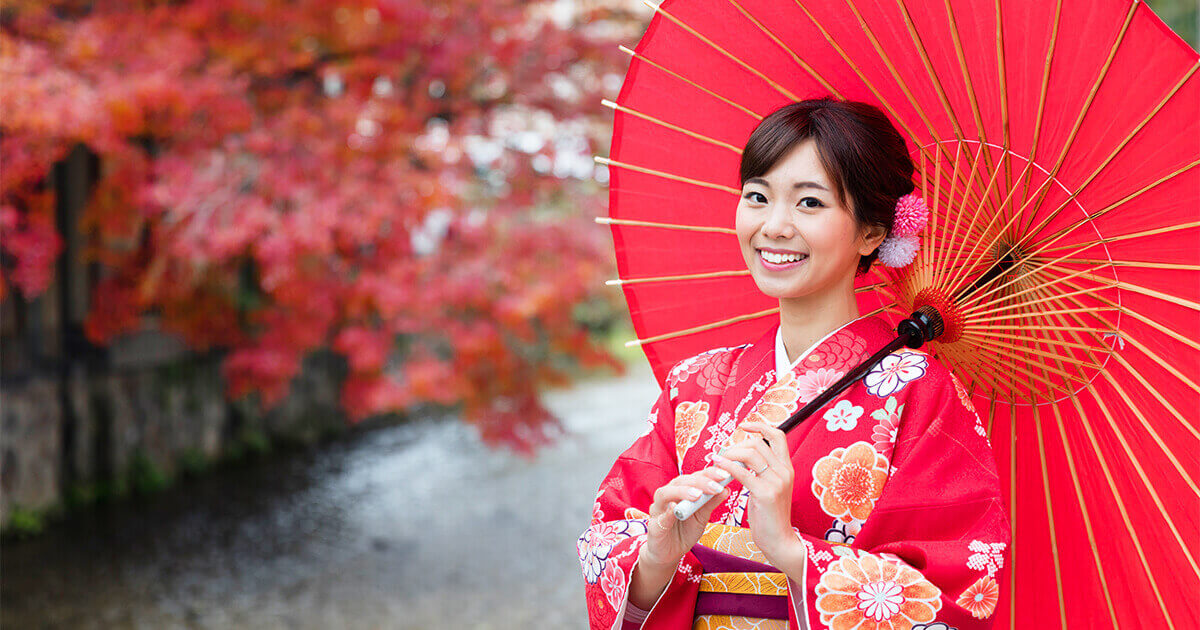
Hello. We’ve looked at the characteristics of the Japanese language in Is Japanese language difficult to learn?
We often hear people say that Japanese is a very difficult language to learn and that it takes a lot of time to master the language. What exactly makes Japanese difficult? Let’s look at the characteristics of the language. Japanese …
Let’s look at the characteristics of the language.
Today, let’s talk a little bit more about Japanese particles.
What are particles?
Watashi wa lingo o tabemasu.
私(わたし)はりんごを食(た)べます。
The underlined parts in the above sentence are particles. A particle is added after a noun to show the relationship between different words. A particle cannot be used on its own. There are four types of particles – “case particle”, “parallel marker”, “sentence-ending particle”, and “focus particle”. Let’s look at them in detail.
Case Particle
A case particle shows the relationship between a noun and a predicate. There are nine case particles altogether: “が ga”, “を o”, “に ni”, “へ e”, “と to”, “から kara”, “より yori”, “まで made”, and “で de”.
Let’s look at the following examples. You can think of case particles like prepositions (such as at, to, from, with) in English.
I call my girlfriend.
(2) Kanojyo to Shibuya de aimasu. 彼女(かのじょ)と渋谷(しぶや)で会(あ)います。
I meet up with my girlfriend at Shibuya.
(3) Kanojyo to Shbuya o tootte Shinjuku e ikimasu. 彼女(かのじょ)と渋谷(しぶや)を通(とお)って、新宿(しんじゅく)へ行(い)きます。
I go to Shinjuku through Shibuya with my girlfriend.
(4) Shibuya kara Shinjyuku made densya de ikimasu. 渋谷(しぶや)から新宿(しんじゅく)まで電車(でんしゃ)で行(い)きます。
We go to Shinjyuku from Shibuya by train.
(5) Shinjyuku yori Shibuya no hoo ga sukidesu. 新宿(しんじゅく)より渋谷(しぶや)のほうが好(す)きです。
I like Shibuya better than Shinjyuku.
These particles are covered in elementary Japanese so you may be familiar with them if you have already started learning Japanese.
Parallel Marker
A parallel marker is a particle that joins two or more nouns. There are four parallel markers: “と to”, “や ya”, “か ka”, and “の no”.
Coffee and green tea
(2) Coohii ya ocha コーヒーやお茶(ちゃ)
coffee, green tea and etc…
(3) Coohii ka ocha コーヒーかお茶(ちゃ)
coffee or green tea
You can apply (1) when you want to order curry rice and set lunch B in a restaurant, for example, “Karee raisu to lanchi B o kudasai”.
The “ya” in (2) indicates that there are other options besides coffee and tea.
Sentence-Ending Particle
A sentence-ending particle is added at the end of a sentence. It shows the attitude of the speaker. There are 13 such particles: “か ka”, “よ yo”, “ね ne”, “よね yone”, “ぞ zo”, “ぜ ze”, “さ sa”, “もの mono”, “なあ naa”, “な na”, “かな kana”, and “わ wa”.
Is it delicious?
(2) Oishiidesu yo. おいしいですよ。
I tell you, it is delicious.
(3) Oishiidesu ne. おいしいですね。
It is delicious, isn’t it?
(4) Oishiidesu yone. おいしいですよね。
Isn’t is delicious?
(5) Oishii zo. おいしいぞ。
I tell you, it is delicious. (masculine expression)
(6) Oishii ze. おいしいぜ。
It’s delicious. (masculine expression)
(7) Oishii wa. おいしいわ。
It’s delicious. (feminine expression)
In (1), “ka” shows a question but for the rest of the examples, the particles show the attitude of the speaker.
Some of these sentence-ending particles are gender-specific so they can also be used to show the personality and sexuality of the person.
A tomboy may use “oishii ze” on purpose to show her “toughness” and a gay person may use “oishii wa” to express his feminine side.
On the flip side, if you use the wrong sentence-ending particle, you may convey the wrong type of self image unknowingly. Be careful when using such particles.
Focus Particle
A focus particle expresses the judgement and evaluation of the speaker. Some of these particles are “も mo”, “だけ dake”, “しか~ない shika…nai”, “ばかり bakari”, “は wa”, and “くらい(ぐらい) kurai (gurai)”. There are many more but as these are intermediate to advanced expressions, we shall skip them for now.
Wife:
Kyoo okyakusan wa nannin kita no? 今日(きょう)、お客(きゃく)さんは何人(なんにん)来(き)たの?
How many customers came today?
Husband:
(1) Gonin mo kimasita.5人(にん)も来(き)たよ。
5 customers came.
(2) Gonin shika konakatta yo. 5人(にん)しか来(こ)なかったよ。
Only 5 customers came.
A couple is talking about the customers who came today. We assume that the husband owns a shop.
There were five customers today but the particles used in the dialogue show what the husband thought about the number of customers he had.
If he used “mo” as seen in (1), it has the nuance that he did not expect so many customers to come and that he was happy about it. If he used “shika”, it conveyed a disappointed nuance because the number of customers was below his expectation.
We’ve looked at an overview of particles today. Although a particle consists of only one character (rarely two or more), it shows the relationship between different words, as well as the emotions, judgment, personality, or even sexuality of the person.
* Reference: “Shokyuu o Oshieru Hito no tame no Nihongo Bunpoo Handobukku” (A Handbook of Japanese Grammar for People Teaching Elementary Japanese)






